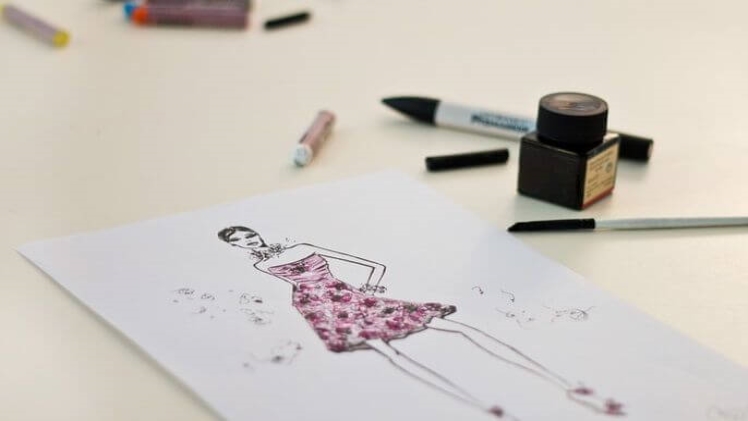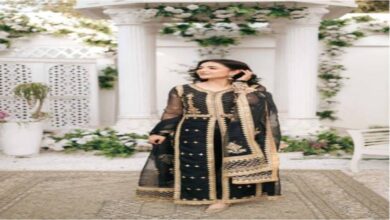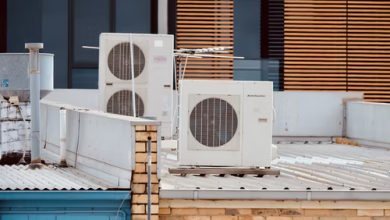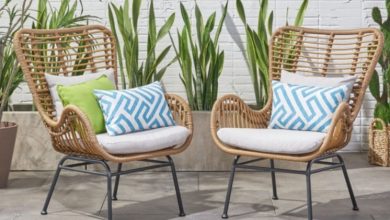
With a broader knowledge of fabrics – their qualities, characteristics and behaviour – and a better understanding and appreciation of garment details and construction you can approach the challenge of fashion drawing with confidence. So it follows that the next essential step is to learn something about the construction of clothes, including details such as how a shirt collar works and sits around a neckline, how a jacket rever or lapel folds and rolls, and how shirt cuffs and plackets, pockets, epaulettes, gathers, pleats and so on function.
Similarly, you will draw a silhouette better if you understand how the outline is achieved – where the volume comes from and how it is suppressed, reduced or controlled. You can obtain much of this information simply by paying attention to clothes and studying them with a critical eye, either at home or in stores. Ask questions such as: what is happening here, how is that shape created, how does that neckline or fastening work?
There is nothing to stop you trying something on in a store, or asking a friend of the opposite gender to try it on for you, so you can better understand the subtleties and complexities of the construction. Take a closer look and turn the garment inside out, if necessary in the privacy of the changing room. Good drawing comes from good seeing. When it comes to designing, part of the function of drawing is about communicating how the garment is constructed and resolving any issues in order that it can be realized successfully.
Conclusion
Remember, although you may be trying to draw an idea, something new out of your head, there is always something to hand to help you to understand how to draw that notion, be it a real garment with a similar feature or the reference material you have gathered in your scrapbook – your collection of found images, magazine tears, museum and costume drawings and so on.





